This Botanic Designer Runs a Secret Plant Shop Out of Her Brooklyn Apartment
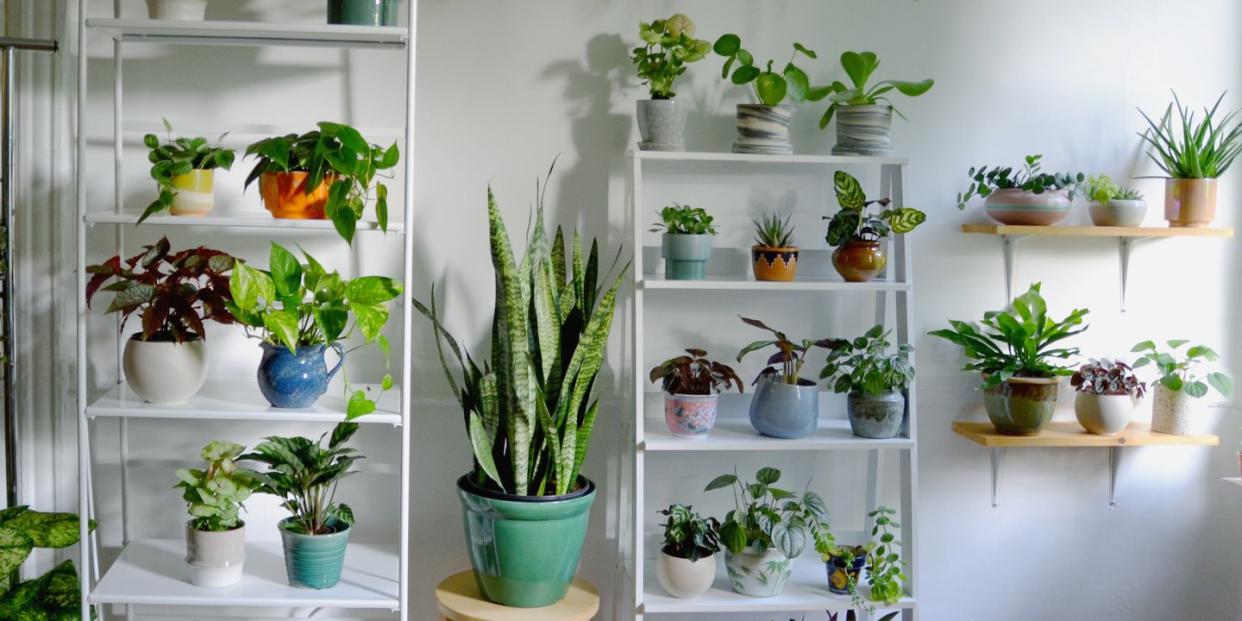
Meet Jarema Osofsky [Yar-eh-mah Oss-off-ski], or, as Instagram knows her, @DirtQueenNYC. Osofsky hails from Middletown, NY, but since, she’s lived in L.A., Hong Kong, and has resided in Brooklyn's Prospect Heights for the past four years. She studied Fine Art and Chinese in college, but her life's work—plants—didn’t begin until she hit a low point in her life. She turned a passion project into a side hustle, and now, into a full-grown business, organically (pun intended, of course). Osofsky’s secret plant shop, which some of her nearly 3.5K followers have dubbed a “plant speakeasy,” is taking over Instagram...and her Brooklyn apartment.
ELLE Decor: Growing up, did you ever think about pursuing botany or horticulture, or anything you’re doing now?
Jarema Osofsky: I got into plants more recently when I was going through a really hard breakup. I had already been collecting some at the time, so I started propagating them. I was working for artists at the time, and I felt like I was in a rut. Meanwhile, I was just propagating my plants. It was very therapeutic for me, watching them grow and nurturing them. It helped me get through that breakup and from there I realized I was super interested in plants, green walls, and designing with plants.
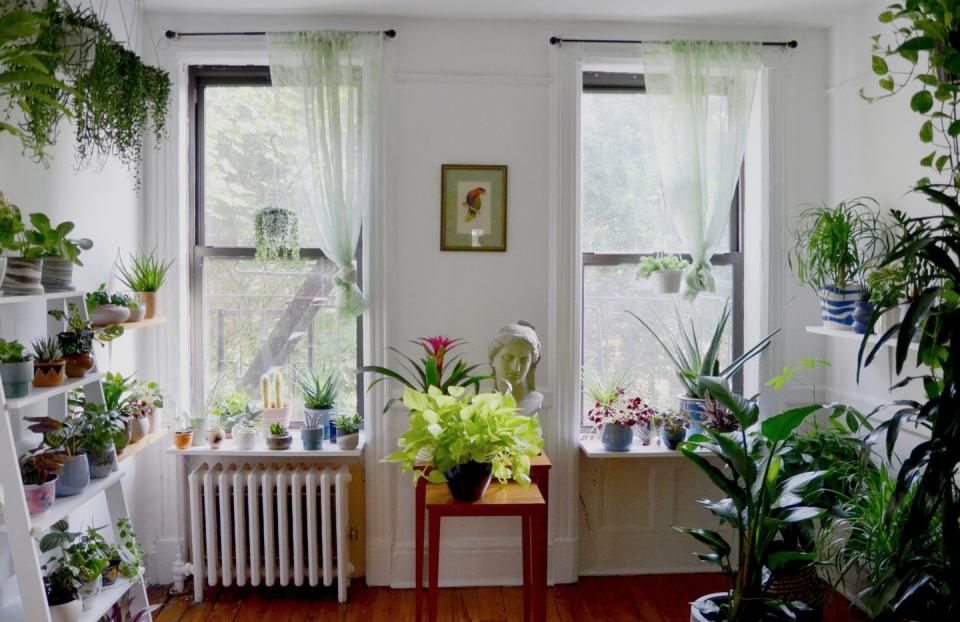
ED: How did you gain so much knowledge about horticulture?
JO: I did a lot of reading! I’m also getting my horticulture certificate at the Brooklyn Botanic Garden, and that has taught me so much about plants and plant maintenance. I also worked at a botanic design company and worked in the field. I had more hands-on learning through that, which is really integral. If you want to learn how to take care of a plant, you have to have one. You can read all you want, but you won’t learn if you aren’t actually experiencing it firsthand.
ED: You mentioned that you were a botanic designer. What did this involve?
JO: I'd go to people's homes or offices and assess the light and conditions of their space, then curate the best plants for them. I never knew that botanic design was even a thing, but once I dug a little deeper into the world of horticulture and I started working at another botanic design company, I realized that it’s an actual job. You can be a plant stylist! I thought that was so amazing, because I’ve always been really interested in design and working with my hands. From working in the art world and in galleries, I have a pretty solid understanding of aesthetics and space. The thing about plants is it’s such a healing kind of design. I don’t really think about it like furniture; it’s living, breathing organisms.
ED: Do you still do botanic design, or do you just run this little shop?
JO: I still do it. I do a number of things: I run this shop, and I do garden design, so I’ll design and plant people’s gardens, terraces, and backyards. I do consultations, too, where I’ll go to people’s homes and help them better understand what kind of plants will work in their space, and then make suggestions based on their aesthetic and the vibe of their place. I also visit people’s homes who have a lot of plants already and play Plant Doctor. They’ll come to me if their plants are struggling, so I help them learn how to care for them, how to treat pests, where to put them for optimal light, and how often to water them.
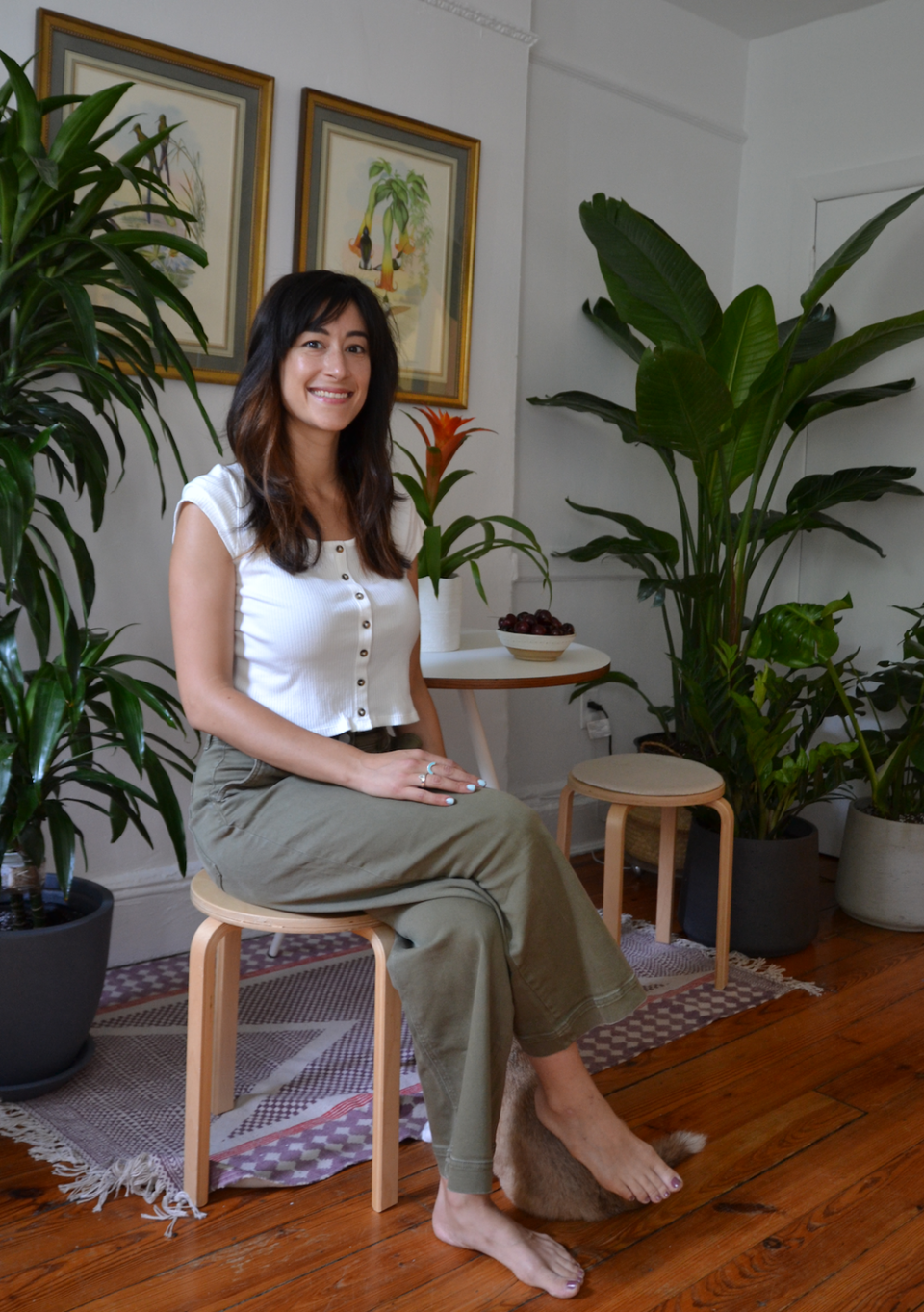
ED: What made you decide to open a plant speakeasy, of sorts?
JO: It happened very naturally. During that really rough patch when I was propagating my plants, I ended up amassing a lot of them. I was growing them with my mom, and so this was kind of a bonding project for us. We ended up with so many plants that I started selling them on the street and finding cool pots to put them in. People really liked them, so every weekend I would sell them on Vanderbilt Avenue. After the second summer, I had already made relationships with some of my customers just from seeing them all the time in the neighborhood; it felt like a great way to get to know more people in the community.
People started DMing me on Instagram when they wanted more plants and it was too cold to be out selling on the street, so I had them come to my apartment. From there, they would tell their friends, and their friends would come over, and those friends would tell other people—you get the gist. Because people are coming into my home, it’s a much more intimate experience. I can really get to know people and what they’re looking for, and it lends itself to me really being able to help them get the right kind of plants for their space.
A post shared by DIRTQUEEN NYC 🌵🌸👑 (@dirtqueennyc) on Aug 23, 2019 at 2:13pm PDT
ED: Where do you source all these plants from now?
JO: I either grow the plants with my mom or I get them from a couple nurseries upstate and on Long Island. My mom and I have been doing it for years; she has an amazing green thumb. A lot of the original plants that I started propagating were from a guy in L.A. His name was Crazy Dave (how very L.A.), and he had this amazing cactus and succulent garden. He gave me eight Trader Joe’s bags full of plant cuttings. I shipped them all home to my mom and told her, “Don’t be mad. You’re going to be getting a lot of boxes of cuttings and I need you to put them in soil right away.” So that’s where a lot of my cool, more unusual succulents came from.
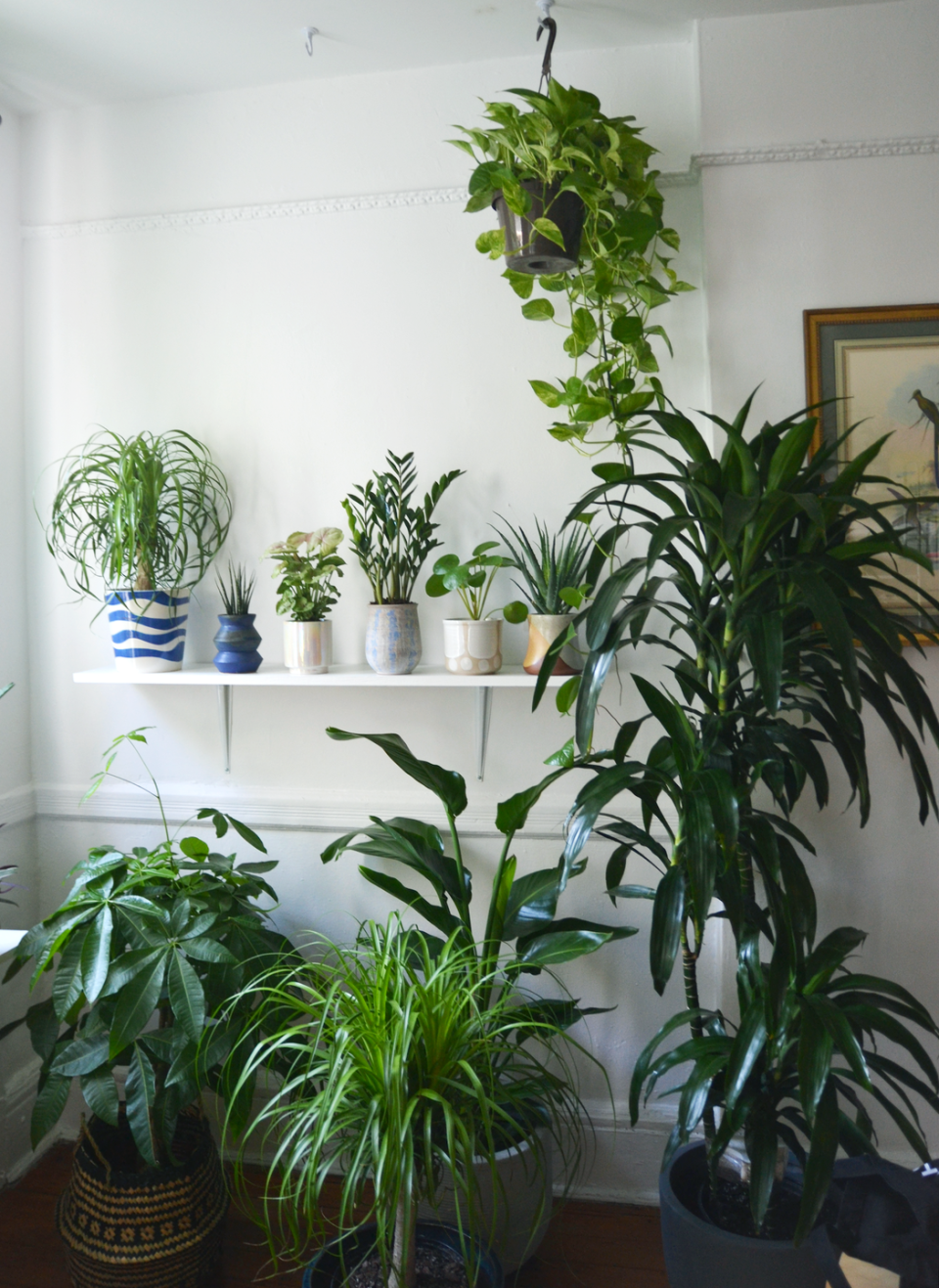
ED: And the pots? I know you have a background in fine art and dabble in ceramics—did you make any of them?
JO: The original pots that I used were plain terra cotta pots that I painted to make them look a little more unique. And yes, I make my own ceramic planters. Since I go to a ceramics studio called Brooklyn Clay, I’ve met some really cool potters there like my teacher Dustin Yager, whose planters I’m now selling. I really like that step towards selling local ceramicists wares, because it’s a great way to support artists in the area. The other planters are vintage that I’ve found from driving all around; up to Maine and down to Florida.
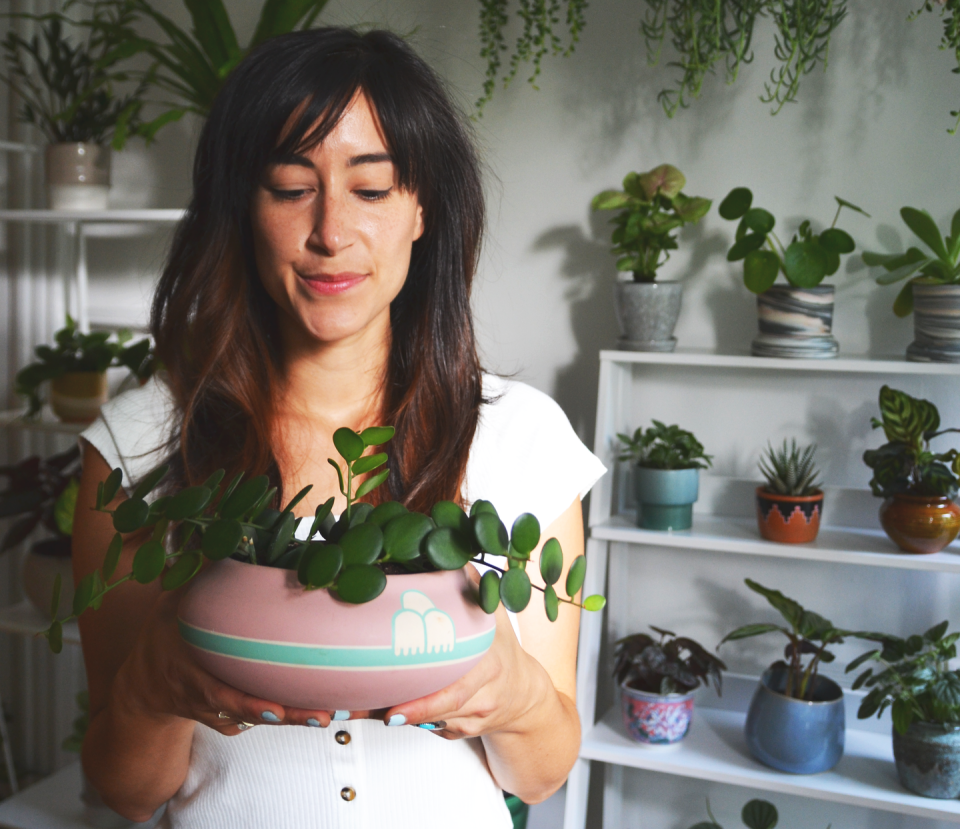
ED: What are the benefits of having greenery in your home?
JO: Having houseplants has definitely changed my life. It makes your space feel alive, and you feel more connected to nature. Especially living in New York City, it’s so important to have greenery inside your house. Scientifically, plants can clean the air, but when we’re talking about the air in New York City, it’s going to need more than a few plants. Just buy an air purifier.
A post shared by DIRTQUEEN NYC 🌵🌸👑 (@dirtqueennyc) on Sep 11, 2019 at 7:38am PDT
But honestly, they’re just a joy. The best part about having plants in the home is watching them grow and nurturing them. It can be a daily or weekly ritual that’s very meditative, and to me that’s the most important thing. It gives people, especially single people who don’t have pets, a sense of responsibility and pride when they have to take care of something and see that result in growth. It’s so rewarding, and it gives you an opportunity to slow down, get off your screen, and realize how much time it takes for them to grow. It makes you realize that not everything can be instantaneous.
ED: What are the most frequent issues people have with their plants?
JO: Wrong placement and over-watering. The two go hand-in-hand. If the plant is already in the wrong place and it’s not receiving enough light, but you’re still giving it water once per week, then it’s not able to absorb the water.
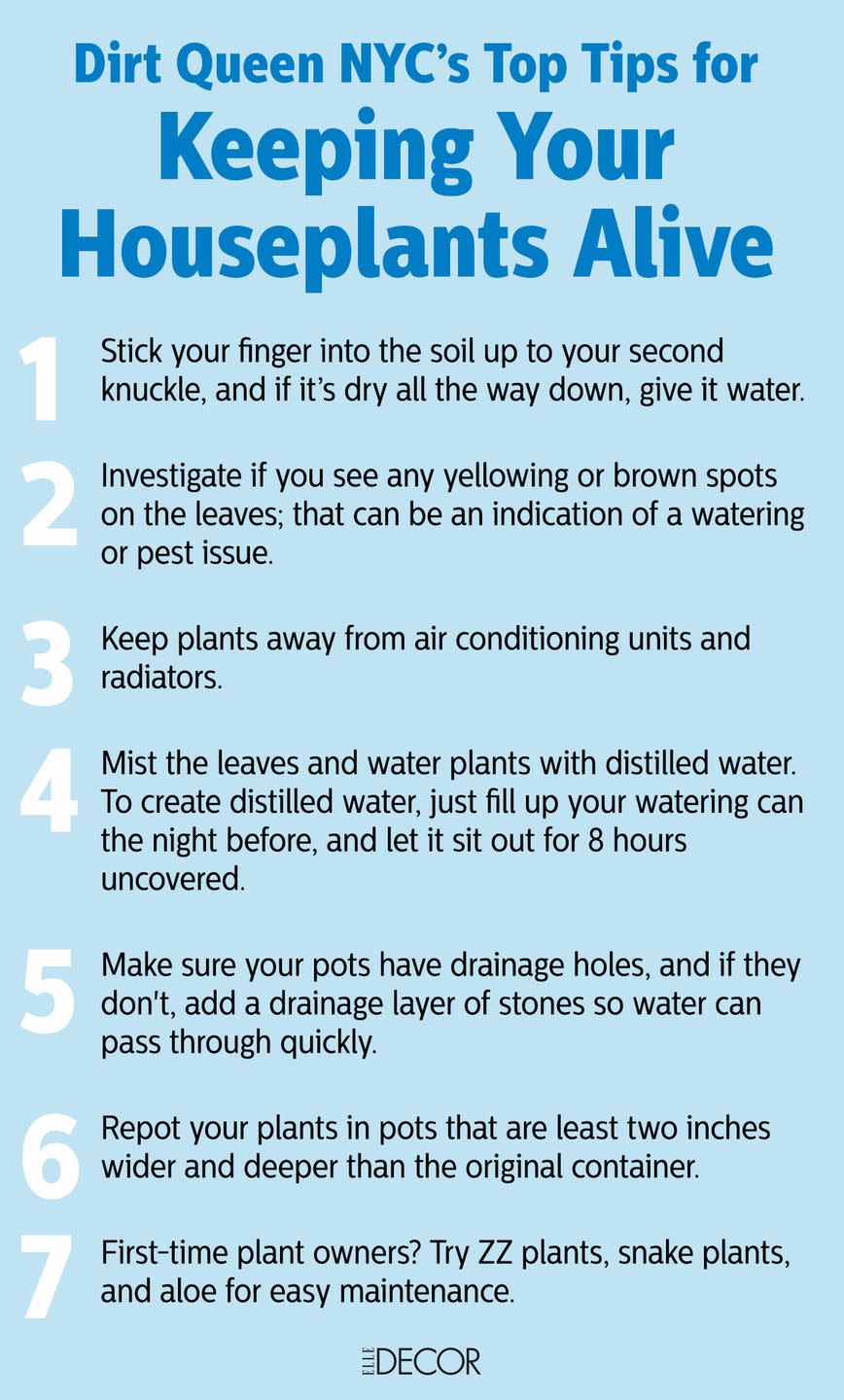
You Might Also Like

